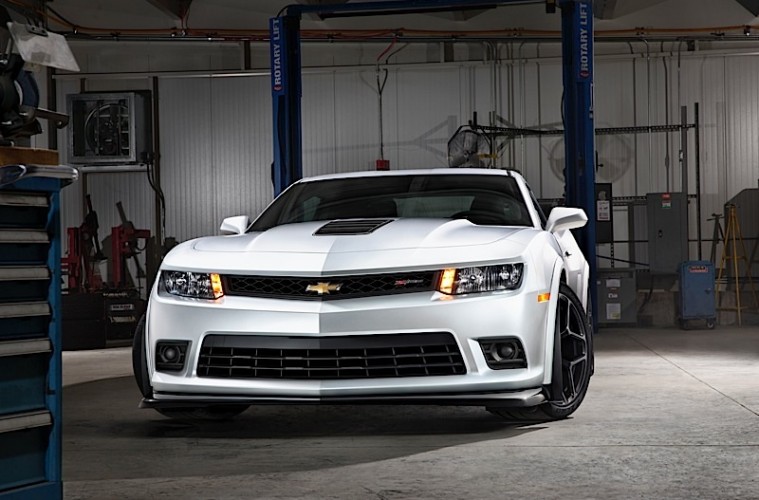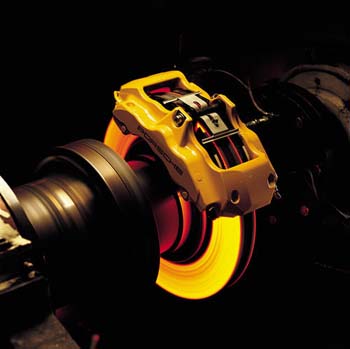Later this spring, Chevrolet will begin selling the $75,000 Z/28 Camaro to the public. This vehicle is designed to be a hardcore track version of the Camaro. It will not be available with some of the everyday luxuries that we take for granted in a modern car. The standard version has a one speaker stereo system, and air conditioning is an optional extra. But where the car is not lack is on performance technology. Chevy has thrown their engineers at the problem of making the Z/28 one of the fastest track cars on the planet, and the technology that is onboard is designed and included for that singular purpose. Let’s take a look at a couple of those now.
Flying Car Mode
The new Chevy Camaro Z/28 is designed by General Motors to be a monster around a racetrack. Instead of an everyday supercar like the ZL1, the Z/28 abandons all creature comforts in the pursuit of speed. Its naturally-aspirated V8 engine cranks out 505hp and 481lbs/ft of torque. It also contains the latest version of Chevrolet’s Performance Traction Management system. This technology controls the engine output and brakes to make the car corner quicker than with the system completely disabled. One problem Chevy noticed when trying to set blistering lap times was that when the car went airborne, like at the Nurburgring, the traction control system would shut down the power of the vehicle.
Engineers then developed Flying Car Mode. This system uses the ride height sensors to determine when the suspension system is fully extended. The only time that would ever happen is if the vehicle is in the air. When the vehicle is in the air, the traction control system is completely disabled. When the car returns to the tarmac, the vehicle has full power available. Then, the traction control system re-engages. Chevrolet claims it is good for saving five seconds a lap at a track like the Nurburgring. When trying to set a lap record, every second counts.
Carbon Ceramic Brakes
Brakes effectively use friction to slow down or stop a vehicle. The pad makes contact with the disk, and the rubbing creates resistance. That resistance also generates heat. As the rotors increase in temperature, the less effective brakes become. Finding ways to dissipate that heat will lead to better braking performance. Carbon ceramic brakes at the latest in braking technology, and come from the world of racing. Using a different material to make up the pads and rotors, the brakes dissipate heat much quicker than steel. They also function better at high temperatures.
Carbon ceramic brakes are also lighter than steel brakes. A car that is lighter will go faster, but weight saved at or on the wheels is even more important. Not only does the engine have to push along the weight of the brakes, but it also has to use power to get the wheels spinning rotationally. The Camaro will also have lighter wheels than other cars for the same reason.
As the vehicle gets closer to launch, we would not be surprised to see even more technology on the vehicle to make it faster. While not for everyone (a fully-loaded Corvette is about the same amount of money) the new Camaro will certainly be able to do what it was designed to do, and that is to win at the race track.



